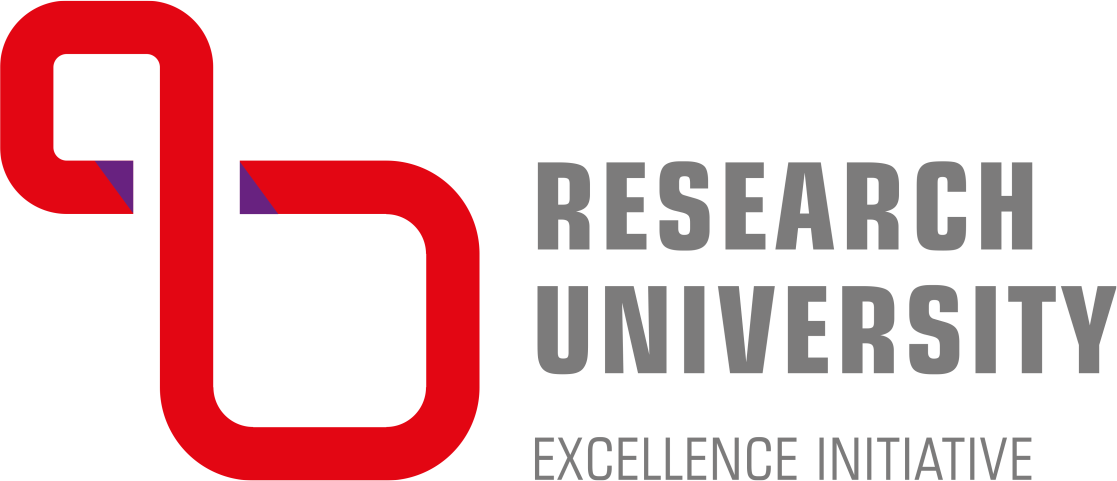Start - Aktualności - Students of the Silesian University of Technology participating in the international AEC Global Teamwork project
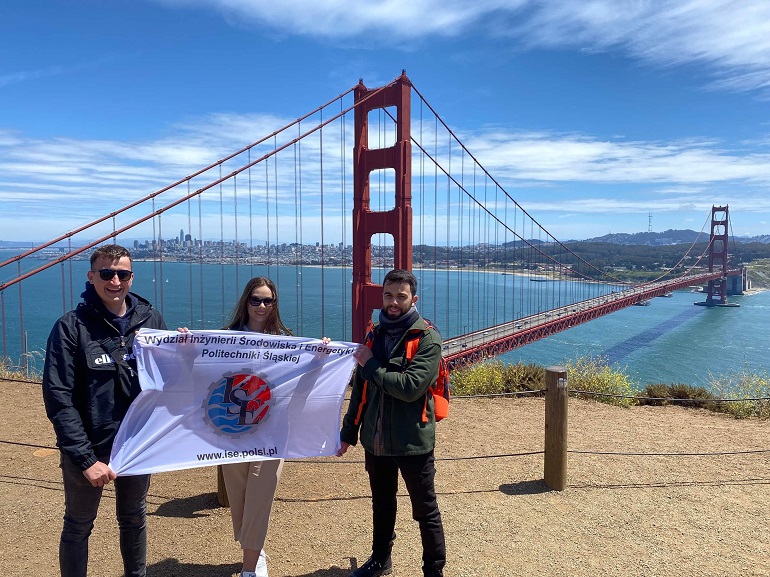
Students of the Silesian University of Technology participating in the international AEC Global Teamwork project
Two students of the Silesian University of Technology - Karolina Tyrol and Mateusz Cebula - took part in the prestigious international AEC Global Teamwork project. Four Polish students qualified for the project, including two students from our University. Their work was very highly evaluated and both received an A+ grade for their projects.
The AEC Global Teamwork Project is organised by Stanford University in California. This year it was held for the 29th time. its concept is to educate students, faculty and industry professionals from around the world by participating in multidisciplinary, collaborative Project Based Learning activities. As part of the programme, students from different parts of the world, divided into groups, are given a specific building that they need to design.
This year, the main objective was to design a modern university building by interdisciplinary teams including students of architecture, civil engineering, environmental engineering, construction management and financial management. - In the project, we had the role of MEP Engineer and were mainly responsible for the HVAC installations, i.e. heating, ventilation and air conditioning. We also ensured that our buildings met the requirements of sustainable construction, said our students.
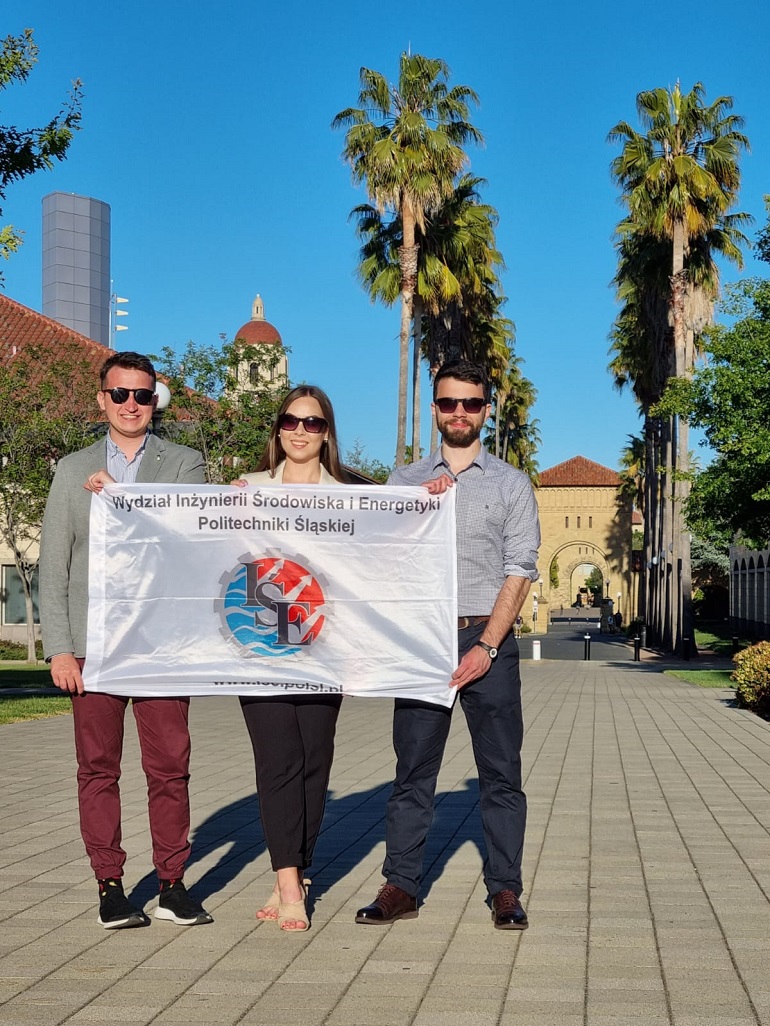
This year, 32 students from Stanford University and 9 partner universities from around the world participated in the project. There were students from the United States, Denmark, Poland, the United Kingdom, Switzerland and Germany, representing 16 nationalities. Our University was represented by Karolina Tyrol and Mateusz Cebula from the Faculty of Energy and Environmental Engineering at the Silesian University of Technology.
In this year's edition, there were five groups with different project locations, each with different climatic conditions and natural hazards. The groups consisted of six or seven people.
- I was a member of the PACIFIC group. The location of our project was the campus of San Francisco State University. As a team, we had to design a university building taking into account the local conditions and climate. The challenge was that San Francisco belongs to an earthquake zone. Together with the architect, I had to design the HVAC systems (heating, ventilation and air conditioning) taking into account the requirements of the local climate. In the project, I also dealt with the plumbing systems and the production of electricity from photovoltaic panels. On top of that, we had to focus on sustainable construction, calculating carbon footprint values, water and energy consumption. The biggest challenge for me was to find ways to save as much water as possible, as California has been struggling with an increasing drought for some time, said Karolina Tyrol. The work of our student was very highly evaluated, obtaining an A+ grade.
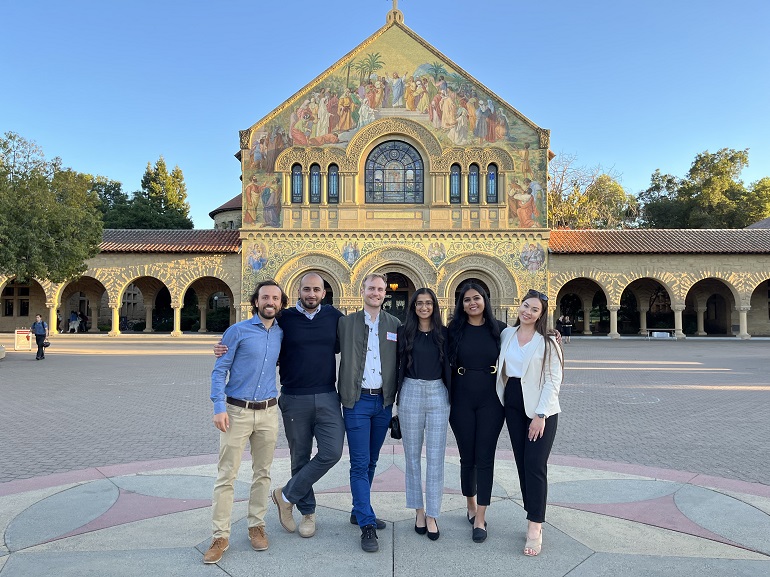
The other of our students, Mateusz Cebula, was part of the ISLAND team. The group had the task of designing a campus building for the University of Puerto Rico located in downtown San Juan, Puerto Rico. - We designed a university building. Climate conditions were a challenge in our location, mainly very high humidity, averaging around 80%. Another challenge in Puerto Rico is the natural hazards, as it is a seismically active area, plus the island is often hit by hurricanes and tropical storms. Our team wanted to create a building that responds to the culture and habits of Puerto Ricans. My job was to design the HVAC and plumbing systems and ensure that our building met sustainable building standards by optimising its carbon footprint and energy and water consumption, said Mateusz Cebula. His work was also highly rated and received an A+ grade.
However, not only our students were appreciated, but also the teams in which they worked received a distinction in selected categories.
The AEC Global Teamwork project took several months to complete. From January to May 2022 it was conducted online, while in mid-May our students travelled to Stanford University in California to participate in the final event of the project. - Participants of last year's edition also came to the Stanford University campus, as they did not have this opportunity last year due to the pandemic. A year ago, the Silesian University of Technology was represented by Stanisław Kocik MSc, who travelled with us to the USA this year, said the students.
Participation in the project was an opportunity to gain work experience, establish valuable contacts, improve language skills or learn about other cultures. Additionally, participants were able to learn about the latest technologies and software used in their sector.
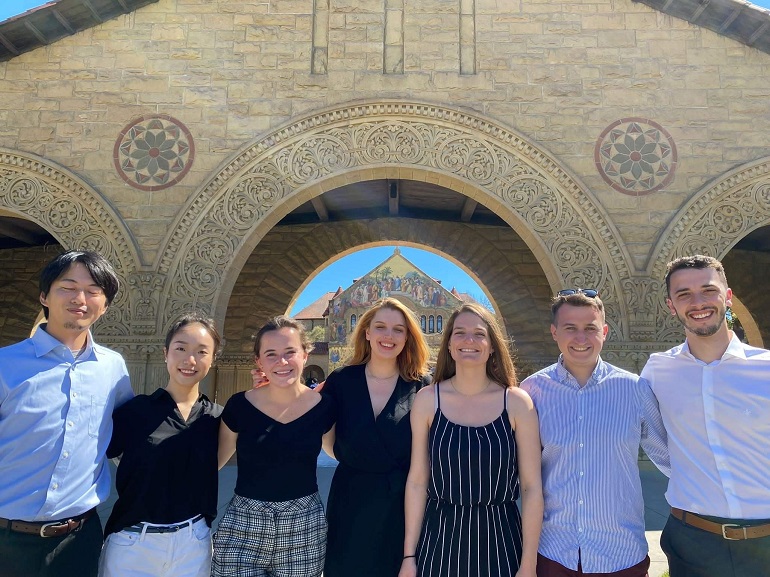
- I applied for the project because I wanted to broaden my knowledge and improve my English. I also believed that this might be the only opportunity to take part in such a prestigious project - said Karolina Tyrol. – Participating in this project is also a valuable record in the CV, added Mateusz Cebula.
Karolina Tyrol and Mateusz Cebula are in the third semester of their master's studies in environmental engineering, specialising in heating, ventilation, air conditioning and air protection. Although they are currently writing their master's thesis, they have already started their professional careers in design offices.




